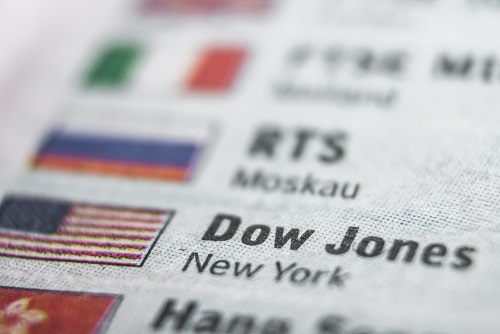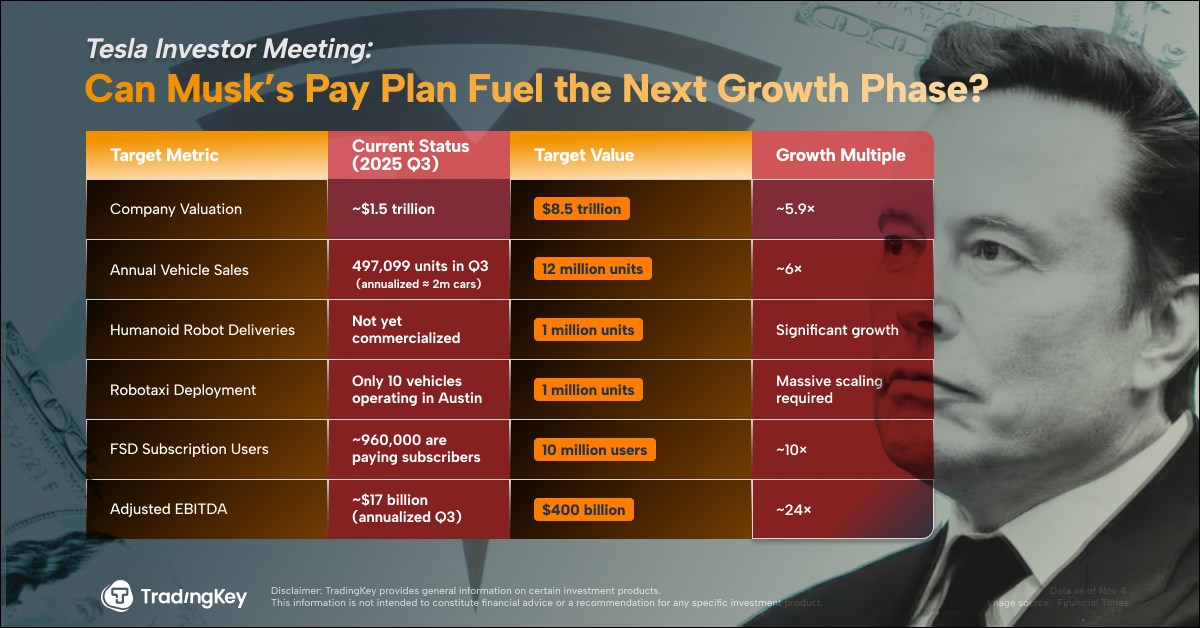TREASURIES-Yields gain on strong consumer spending

By Matt Tracy and Karen Brettell
WASHINGTON, Sept 26 (Reuters) - Longer-dated U.S. Treasury yields rose on Friday after data showed strong consumer spending in August, while inflation increased in line with economists' expectations during the month.
Consumer spending, which accounts for more than two-thirds of economic activity, rose 0.6% last month after an unrevised 0.5% advance in July, as households went on vacation and dined out.
"The one bright spot was that income and spending were a little bit firmer than expected, which means the consumer isn't falling off a cliff as the market was expecting," said Gennadiy Goldberg, head of U.S. rates strategy at TD Securities.
The Personal Consumption Expenditures (PCE) Price Index was up 2.7% on an annual basis last month while the core price index gained 2.9%.
Traders have pared bets on how many times the Federal Reserve is likely to cut interest rates this year as data points to an economy that is stronger than previously thought. The rates outlook comes despite concerns over a weakening labor market, which prompted the Fed to cut rates last week for the first time since December.
Fed funds futures traders are pricing in 67% odds of a cut in both October and December this year, down from 79% a week ago, according to the CME Group’s FedWatch Tool.
Fed Chair Jerome Powell said on Tuesday that the central bank needed to continue balancing the competing risks of high inflation and a weakening job market in coming rate decisions. The Fed's vice chair for supervision, Michelle Bowman, reiterated on Friday that she believes decisive interest rate cuts are needed to ward off rising trouble in the jobs market.
The yield on benchmark U.S. 10-year notes US10YT=RR was last up 1.3 basis points on the day at 4.187%.
The 2-year note US2YT=RR yield, which typically moves in step with Fed interest rate expectations, fell 2 basis points to 3.643%.
The yield curve between 2-year and 10-year notes US2US10=TWEB steepened by around three basis points to 54 basis points.
Traders largely shrugged off new tariffs announced by U.S. President Donald Trump on Thursday.
The next focus will be whether the federal government passes a bill to continue funding itself, with the risk that it will partially shut down looming next week if an agreement is not reached.
A partial government shutdown could delay the release of key economic data, including the jobs report for September that is due next Friday.
“If a shutdown happens and it lasts any significant amount of time, even if it lasts more than a week, you could see a cascade effect where data really just gets pushed back and pushed back. And for markets, that's a difficult thing given just the sheer amount of data dependence that the Fed is leaning on,” said Goldberg.
In that scenario the Fed may rely more on private data reports in its decision-making.
"I think the Fed would do what they have to do," said Eric Winograd, chief economist and strategist at AllianceBernstein. "There are private sector reports that are good but not as good they could turn to."
"I think they're pretty set on a 25 bps cut at their next meeting (barring) a pretty strong employment report or a very alarming inflation number," Winograd added.







